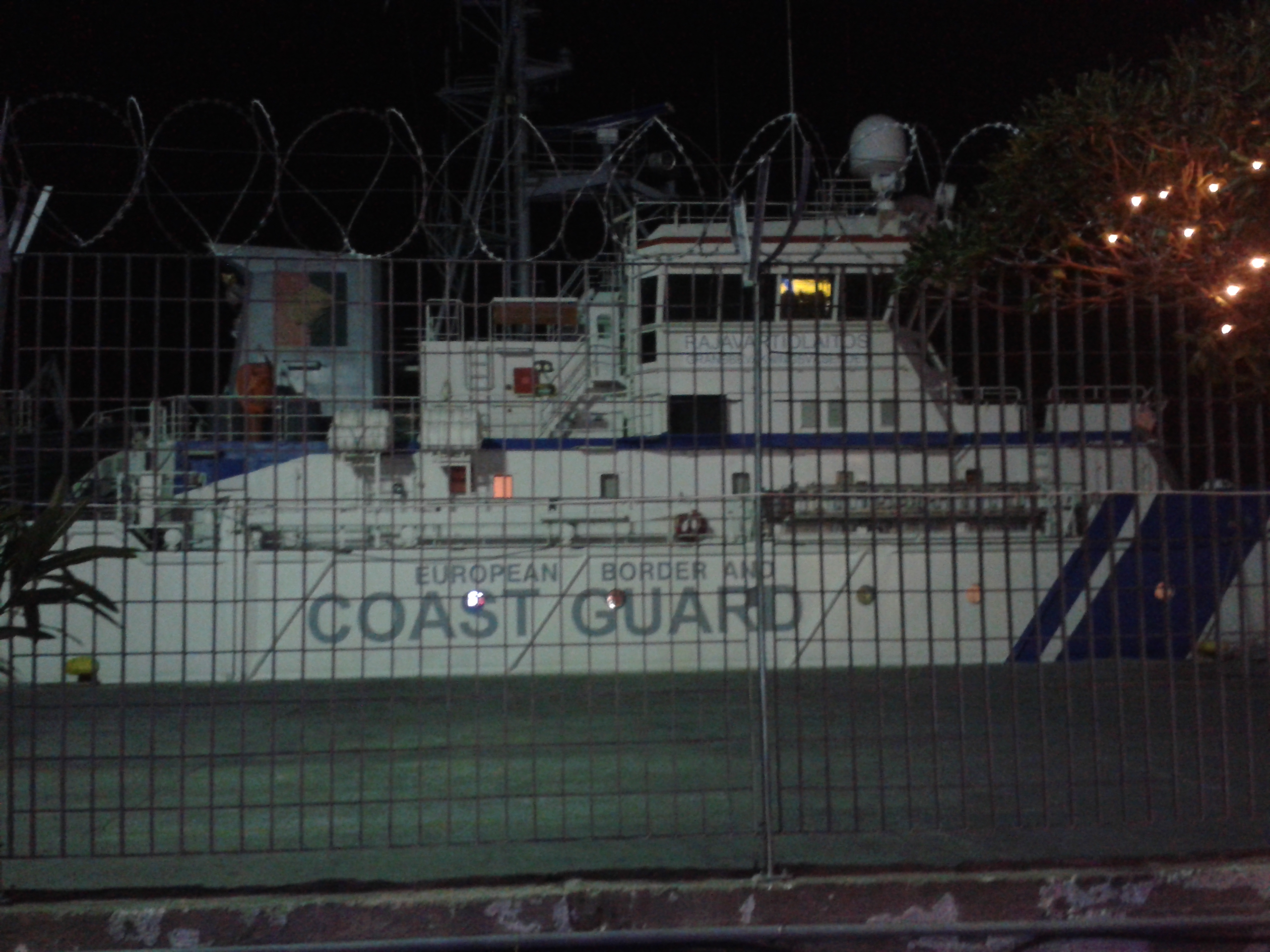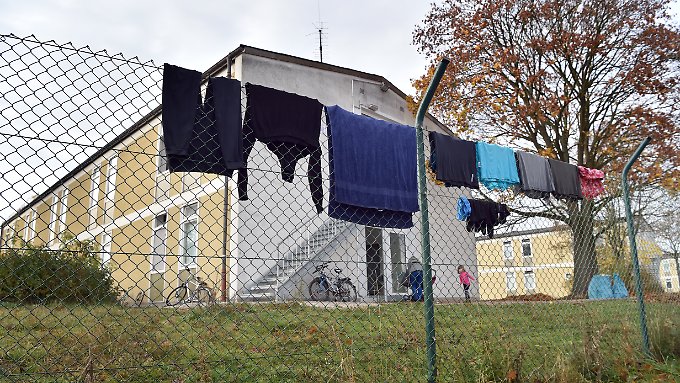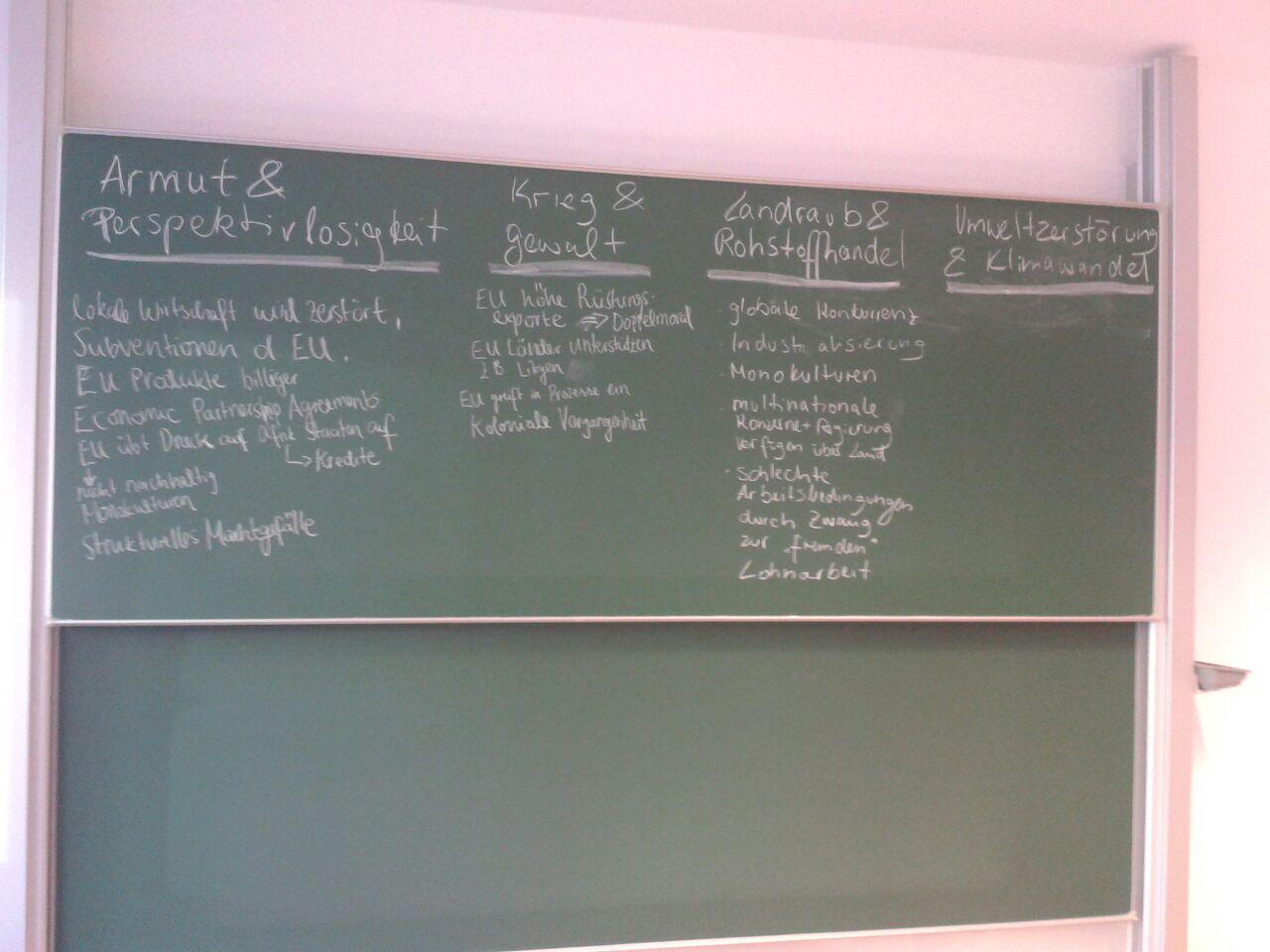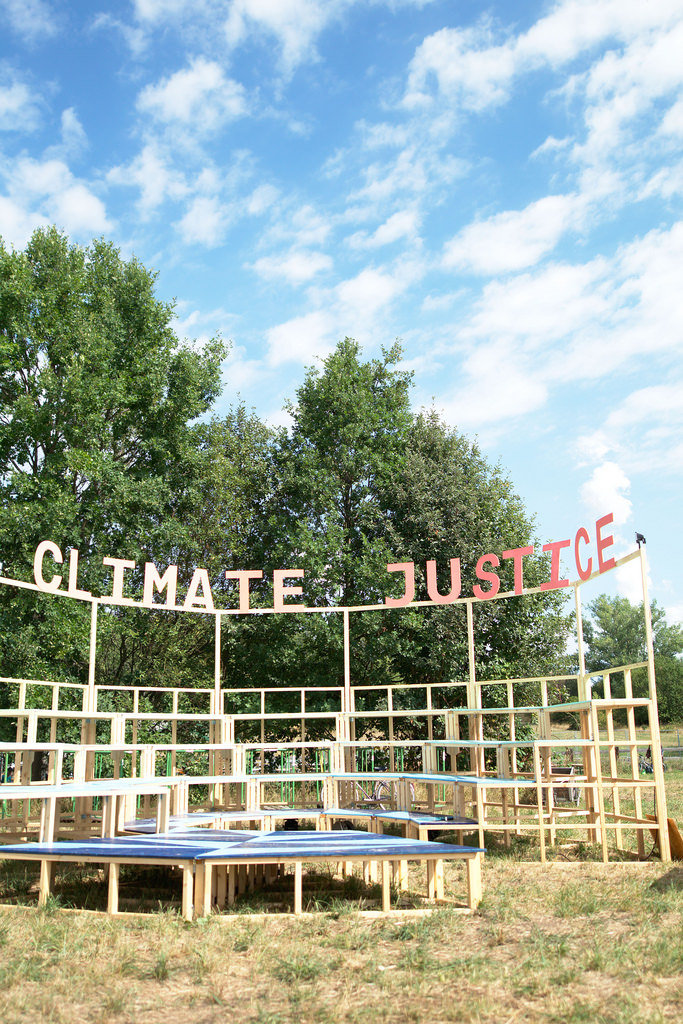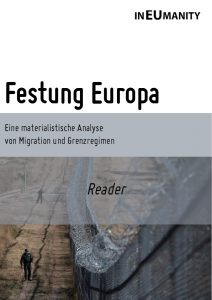*English below*
Frontex on a new mission: The new regulation thwarts human rights
Am 17. April 2019 verabschiedete das Europäische Parlament eine neue Verordnung1, die die Europäische Grenzschutzagentur Frontex (European Border and Coast Guard Agency) in ihren Aufgaben, Befugnissen und organisatorischen Strukturen grundlegend umgestaltet. Die vermehrte Rückführung von Geflüchteten, als oberstes Ziel im ersten Artikel festgeschrieben, ist Europas einzige und brutale Antwort auf die noch nicht gelöste “Migrationsfrage”.
Ausgangssituation dabei ist, dass ab dem Frühjahr 2015 vermehrt Migrant*innen nach Europa kamen, um Schutz, bessere Lebensbedingungen oder Zukunftsperspektiven zu suchen. Die durch den Schengener Kodex offenen Grenzen der Balkanroute wurden jedoch im März 2016 praktisch geschlossen, um die Ankommenden davon abzuhalten in die oftmals angestrebten westeuropäischen Länder zu gelangen. Systematisch wird dort das Non-Refoulment Gebot2, Schutzbedürftige an den eigenen Grenzen nicht zurück zu weisen, verletzt, um dem fremdenfeindlichen Rechtsruck in den Mitgliedsstaaten Rechnung zu tragen. Seitdem gibt es hier kein Vor, kein Bleiben und kein Zurück. Für die Geflüchteten eine hoffnungslose und tatsächlich auswegslose Situation.
Eine Lösung in Form einer europäischen Neuregelung des Common European Asylum System (CEAS) liegt seit langer Zeit brach, weil die Mitgliedsstaaten sich nicht einigen konnten. Also soll die neue Verordnung den „Stau“ ab sofort und in Zukunft auflösen.
Kernelement des darin festgeschriebenen neuen Aufgabenfeldes von Frontex ist das Unterstützen von Drittländern bei der Entscheidung über die Schutzbedürftigkeit von Geflüchteten, sowie die Organisation von Rückführungen bei deren Ablehnung. Hinzu kommt die personelle und finanzielle Aufstockung der Grenzschutzagentur, da sie ein umfassenderes Aufgabenfeld erhält, um die Maßnahmen umsetzen zu können. Konkret bedeutet das einen Zuwachs an Personal bis 2027 auf 10.000 Mitarbeiter*innen und eine Erweiterung des Etats für den Zeitraum von 2021-2027 auf insgesamt 34,9 Milliarden Euro. Frontex setzt sich dabei aus Mitarbeiter*innen der Agentur (EU-Beamt*innen) und aus den Mitgliedstaaten entsandten Teams zusammen.
Bisher wurde Frontex nur in Mitgliedsstaaten des Schengenraumes tätig, wenn eine rechtsstaatliche Entscheidung dieses Staates über die Einreise bzw. den Aufenthalt im Land vorlag. Nun kann Frontex auf eigene Initiative auch in Drittländern aktiv werden. Vorbereitung, durch Bereitstellen entsprechender Informationen, und Beratung für Rückführungsentscheidungen, sowie deren Ausführung obliegt Frontex. Die Rückführungsentscheidung wird somit rein formell vom Drittland vorgenommen, was allein einer Umgehung des europäischen Grundrechtsschutzes dient.
Dabei haben Frontex-Angestellte eine generelle Ausführungserlaubnis für alle Grenzkontrollen und Zurückweisung betreffenden Maßnahmen, die eigentlich den jeweiligen Staaten vorbehalten sind, was einen offensichtlichen Bruch des Schengen Kodex darstellt. Der Zugang zu einem Asylverfahren kann somit einfach vereitelt werden. Dies ist auch zu erwarten, da die Beamt*innen keine spezielle Ausbildung haben, um die Schutzbedürftigkeit von Menschen erkennen zu können und die gesamte Neustrukturierung auf die Verhinderung der Einreise von „illegalen Migranten“ gerichtet ist.
Weiterhin ist von der Einrichtung von “Frühwarnsystemen” die Rede. Auf Grundlage von Datensätzen von EUROSUR und “Risikoanalysen” soll angezeigt werden, wann sich größere Menschenmengen in Bewegung setzen, um illegal die Grenze zu überqueren. Die Teams haben dann den Auftrag dies zu verhindern. Die Rhetorik des Gesetzes lässt damit keinen Zweifel an der Menschenfeindlichkeit des ganzes Vorhabens.
Zur Durchführung dieser Operationen sollen so genannte kontrollierte Zentren errichtet werden. Der Gesetzestext besagt nicht, ob diese offen oder geschlossen sein werden und ob eine Errichtung auch in Drittländern möglich ist. Mit großer Wahrscheinlichkeit werden die Zentren, in denen Asylverfahren innerhalb von 8 Wochen durchgeführt werden sollen, den griechischen und italienischen Hotspotcamps in Hinblick auf Überlastungen, miserablen Lebensbedingungen, systematischen Rechtsverletzungen und den Ausschluss von sozialer Teilhabe in nichts nachstehen.
Eine Haftungslücke führt zudem dazu, dass es für Betroffene keinen Rechtsschutz gibt. Die Beamt*innen unterstehen in Drittländern den Weisungen von diesen, welche nicht an die EU-Grundrechtecharta gebunden sind. Alle Staaten in Europa gehören zwar zur EMRK, diese enthält allerdings kein Recht auf Asyl, sodass vor dem EGMR hinsichtlich der Rückführung nicht geklagt werden kann. Eine Klage vorm EuGH zur Überprüfung der Rechtmäßigkeit des Handelns von Frontex ist für die Betroffenen unmöglich, da die Entscheidung formal von einem Nicht-EU-Staat getroffen wurde und die Rückführung auf dessen Weisung erfolgte.
Außerdem sieht die Verordnung den Einsatz von Gewalt (Pfefferspray, Schlagstöcke und als ultima ratio der Einsatz von Feuerwaffen) als legitimes Mittel zur Durchsetzung der Aufgaben vor. Überschreitet jedoch jemand die Grenzen der verhältnismäßigen Gewaltanwendung, ist auch ein Strafverfahren ausgeschlossen: Frontex-Beamt*innen genießen im Drittland Immunität, ebenfalls eine Anzeige im jeweiligen Entsendestaat ist ausgeschlossen, ein europäisches Strafverfahren gibt es nicht.
Auch außergerichtliche Einrichtungen versprechen keinen Schutz: Ein*e Grundrechtsbeauftragte*r und ein Beschwerdemechanismus zur Verhinderung und Aufklärung von Menschenrechtsverletzungen sind weitgehend wirkungslos, da dies eine rein interne und damit nicht unabhängige Überprüfung von Vorfällen bedeutet.
Bei der Verabschiedung der Verordnung hatten die Abgeordneten vor allem die Balkanländer im Blick, um die innereuropäischen Grenzen zu öffnen. Es gibt aber keine regionale Einschränkung, sodass einer Anwendung in Libyen oder der Türkei in Zukunft rechtlich nichts im Wege stünde3.
Für die Verordnung wird mit der absurden Annahme argumentiert, man würde durch das Tätigwerden von EU-Beamt*innen in anderen Ländern den eigenen Grundrechtsschutz exportieren. Ihr eigentliches Ziel besteht allerdings darin, Menschen aus Nicht-EU-Ländern abzuschieben bevor sie EU-Territorium betreten.
Stellvertretend dafür verlief die Debatte im Europäischen Parlament, in der kaum die Rede von den Menschenrechten der Geflüchteten war. Dagegen wurde immer wieder die Wichtigkeit der inneren Offenheit der EU betont. Geflüchtete werden somit in unwürdige Lebenssituationen (zurück)gebracht, damit die Unionsbürger*innen frei reisen können.
Die Verordnung ist somit ein neuer Ausdruck einer rassistischen und eurozentristischen Weltanschauung. Auch wenn im Gesetz immer wieder der Einklang mit EU-Recht, internationalem Recht und Menschenrechten beschrieben wird, ist die praktische Anwendung dagegen immanent menschenrechtsverletzend. Die Verabschiedung dieses Gesetzes macht die neue Qualität des Rechtsrucks in der EU sichtbar.
inEUmanity
2„Das Non-Refoulement Prinzip verbietet die Auslieferung, Ausweisung oder Rückschiebung einer Person in ein anderes Land, falls ernsthafte Gründe für die Annahme vorliegen, dass für die betreffende Person im Zielland ein ernsthaftes Risiko von Folter bzw. unmenschlicher Behandlung oder einer anderen sehr schweren Menschenrechtsverletzung besteht.“ https://www.humanrights.ch/de/service/menschenrechte/non-refoulement/ ; aufgerufen am 7.5.2019
3 Weitere kritische Punkte werden vom ECRE (https://www.ecre.org/an-eu-agreement-on-reform-of-frontex/; https://www.ecre.org/wp-content/uploads/2018/11/ECRE-Comments-EBCG-proposal.pdf und ProAsyl https://www.proasyl.de/wp-content/uploads/PA_Zur-Frontex-Verordnung_Stellungnahme.pdf) in einer detaillierten Kritik besprochen.
*English*
Frontex on a new mission: The new regulation thwarts human rights
On 17 April 2019, the European Parliament adopted a new Regulation4 radically reshaping the tasks, power and organizational structures of the European Border and Coast Guard Agency (Frontex). The increased deportation of fugitives, the primary objective of which is laid down in the first article, is Europe’s only and brutal response to the still unresolved “migration issue”.
The initial situation is that from spring 2015 onwards more and more migrants came to Europe to seek protection, better living conditions or future prospects. However, the borders of the Balkan route open by the Schengen Code were practically closed in March 2016 in order to prevent arrivals from reaching the often desired Western European countries. The Non-Refoulment commandment5 not to reject those in need of protection at their own borders is systematically violated in order to take account of the xenophobic shift to the right in the member states. Since then, there has been no forwards, no stays and no backsliding. For the fugitives this is a hopeless and indeed hopeless situation.
A solution in the form of a new European regulation of the Common European Asylum System (CEAS) has been lying idle for a long time because the member states could not reach agreement. So the new regulation is supposed to resolve the “congestion” immediately and in the future.
The core element of Frontex’s new field of activity is to support third countries in deciding on the need for protection of refugees and to organize repatriations in the event of their refusal. In addition, there will be an increase in the staffing and financial resources of the Border Management Agency, as it will be given a more comprehensive remit to implement the measures. In concrete terms, this means an increase in staff to 10,000 (wo)men by 2027 and an increase in the budget for the period 2021-2027 to a total of 34.9 billion euros. Frontex is made up of agency staff (EU officials) and teams seconded from the Member States.
Until now, Frontex has only been active in member states of the Schengen area if a constitutional decision by this state on entry or stay in the country was available. Frontex can now also become active in third countries on its own initiative. Frontex is responsible for the preparation, provision of relevant information and advice on repatriation decisions and their implementation. The repatriation decision is therefore formally taken by the third country, which alone serves to circumvent the European protection of fundamental rights.
Frontex employees have a general authorization to carry out all border controls and measures relating to rejection, which are actually reserved for the respective states, which is an obvious breach of the Schengen Code. Access to an asylum procedure can therefore simply be thwarted. This is also to be expected, as the Member State Teams have no special training to be able to recognize the need for protection of people and the entire restructuring is aimed at preventing the entry of “illegal migrants”.
There is also talk of setting up “early warning systems”. On the basis of EUROSUR data sets and “risk analyzes”, it is to be indicated when large crowds of people set off to cross the border illegally. The teams then have the task of preventing this. The rhetoric of the law thus leaves no doubt about the misanthropy of the whole project.
So-called controlled centers are to be set up to carry out these operations. The text of the law does not say whether they will be open or closed and whether they can also be set up in third countries. It is very likely that the centers in which asylum procedures are to be carried out within eight weeks will be as bad as the Greek and Italian hotspot camps in terms of congestion, miserable living conditions, systematic violations of the law and exclusion from social participation.
A liability gap also means that there is no legal protection for those affected. In third countries, civil servants are subject to directives issued by third countries which are not bound by the EU Charter of Fundamental Rights. Although all states in Europe belong to the ECHR, it does not contain any right to asylum, so that no action can be brought before the ECHR with regard to repatriation. An action before the European Court of Justice to review the legality of Frontex’s actions is impossible for the persons concerned, since the decision was formally taken by a non-EU state and the repatriation took place on its instructions.
In addition, the Regulation provides for the use of force (pepper spray, blows, as a last resort, the use of firearms) as a legitimate means of enforcing the tasks. However, if someone exceeds the limits of the proportionate use of force, criminal proceedings are also excluded: Frontex officials enjoy immunity in the third country, no complaint can be filed in the sending country and there is no European criminal procedure.
Even extrajudicial institutions do not promise any protection: A Commissioner for Fundamental Rights and a complaint mechanism for the prevention and clarification of human rights violations are largely ineffective, as this means a purely internal and thus not independent examination of incidents. When the regulation was adopted, MEPs focused above all on the Balkan countries in order to open up internal European borders. There is no regional restriction, however, so that nothing would stand in the way of application in Libya or Turkey in the future6.
The regulation is argued on the basis of the absurd assumption that EU officials working in other countries are exporting their own standard of protection of fundamental rights. Their real aim, however, is to deport people from non-EU countries before they enter EU territory.
This was exemplified by the debate in the European Parliament, in which there was hardly any mention of the human rights of refugees. On the other hand, the importance of the internal openness of the EU was repeatedly stressed. Fugitives are thus (re)brought into unworthy life situations so that EU citizens can travel freely.
The Regulation is therefore a new expression of a racist and eurocentric worldview. Even though the law repeatedly describes compliance with EU law, international law and human rights, its practical application, on the other hand, is an immanent violation of human rights. The adoption of this law makes visible the new quality of the shift to the right in the EU.
inEUmanity
5 “The Non-Refoulement Principle prohibits the extradition, expulsion or return of a person to another country if there are serious reasons for believing that the person concerned is at serious risk of torture or inhuman treatment or other very serious human rights violations in the country of destination. https://www.humanrights.ch/de/service/menschenrechte/non-refoulement/ ; accessed 7.5.2019
6 Further critical points are discussed by ECRE (https://www.ecre.org/an-eu-agreement-on-reform-of-frontex/; https://www.ecre.org/wp-content/uploads/2018/11/ECRE-Comments-EBCG-proposal.pdf and ProAsyl https://www.proasyl.de/wp-content/uploads/PA_Zur-Frontex-Verordnung_Stellungnahme.pdf) in a detailed critique.

